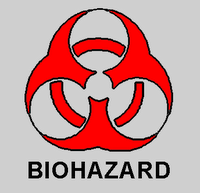
Next week, a meeting of scientists, civil society, and media organisations will be staged in Gaborone, Botswana, to consider biotechnology, biosafety, biodiversity, and sustainable use, and to discuss Article 27 of the Cartagena Protocol on Biosafety. The meeting is significant in its recognition of civil society as a representation and motivation of the elusive "public interest," the various media and civil society organisations being important agents for the delivery of information, opinion, and issues.
Many countries do not have biosafety frameworks, ac
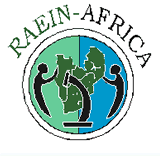 cording to Doreen Shumba Mnyulwa, Regional Director of the Agricultural and Environmental Initiatives Network (RAEIN-Africa). Concerns have been expressed that the Southern African Development Community (SADC) is taking too long to implement biosafety regulations.
cording to Doreen Shumba Mnyulwa, Regional Director of the Agricultural and Environmental Initiatives Network (RAEIN-Africa). Concerns have been expressed that the Southern African Development Community (SADC) is taking too long to implement biosafety regulations.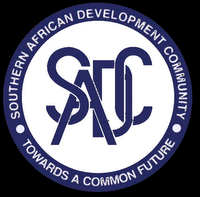
SADC, whose headquarters are in Gaborone, is a regional economic cooperation in Southern Africa. It was established in 1980 as a loose alliance known as the Southern African Development Coordination Conference (SADCC) - the majority-ruled Angola, Botswana, Lesotho, Malawi, Mozambique, Swaziland, United Republic of Tanzania, Zambia, and Zimbabwe are the founding members. At the time of its establishment, following the adoption of the Lusaka Declaration ("Southern Africa: Towards Economic Liberation"), the SADCC was lar
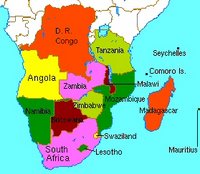 gely concerned with the coordination of development projects towards overcoming economic dependence on apartheid South Africa. In 1992, the SADCC became the SADC with the signing of the Declaration and Treaty at the Summit of Heads of State and Government. More detail on the conferring of this legal character to the SADC is provided in the study of the SADC available from the Africa Union.
gely concerned with the coordination of development projects towards overcoming economic dependence on apartheid South Africa. In 1992, the SADCC became the SADC with the signing of the Declaration and Treaty at the Summit of Heads of State and Government. More detail on the conferring of this legal character to the SADC is provided in the study of the SADC available from the Africa Union.In a report on the forthcoming meeting, Wezi Tjaronda states that one of the objectives of the workshop will be "to impart knowledge on modern technology and raise awareness on why biosafety frameworks are a must in SADC."
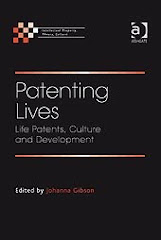


No comments:
Post a Comment